
After researching and learning from mink farms in Vinh Long and Can Tho , in early 2023, Mr. Tran Huu Thanh in Hamlet 4, Bac Son Commune (Do Luong) invested in a barn to raise civets for breeding. He invested more than 1 billion VND in building a modern, closed barn system at 2 facilities in Bac Son Commune and Dang Son Commune.
The mink cage is designed as an iron cage about 70cm high, 3 - 5m 2 wide depending on the number of animals kept, arranged on a shelf 1-1.5m from the floor for ventilation and easy cleaning of the cage. Each cage is spacious to help the mink have space to move; clean daily, ensure the cage is always clean, dry, and avoid humidity.
In the cage, cameras, temperature and water meters are installed automatically; the cage is divided into separate areas: Individual breeding area, breeding area for married mink couples, breeding area for newborn mink... Depending on the development stage, mink will be kept in cages at a rate of 1-2 or more minks. From February 2023, 30 breeding mink pairs from Vinh Long province, with a price of over 600 million VND, were brought in by Mr. Thanh to raise.

“Although this is a new pet, I have researched and studied it carefully. The most important thing in raising mink is that the cage system must be airy and cool in the summer; warm in the winter and always clean. Mink caretakers must understand the characteristics of the species and know the personality of each mink to have appropriate care methods,” said Mr. Thanh.
The main food of civets is ripe bananas and river fish, shrimp, and crabs. They are fed once a day in the afternoon. Due to their wild nature, civets usually sleep during the day and only wake up in the afternoon and at night to look for food. Drinking water for civets must be clean and carefully treated to avoid diseases related to the intestines.

After 9 months of raising, the mink herd is now growing well, with 4 pairs of mink breeding. Ms. Tran Thi Oanh - a worker in charge of taking care of the mink said: "Mother mink gives birth to 2 litters a year, each litter has 3-5 mink, the breeding season lasts from March to July. Breeding mink need to be supplemented with adequate nutrients, especially calcium, to prevent the mother mink from eating her young after giving birth due to malnutrition. After about 10-12 months, the baby mink can be sold commercially or kept for breeding."
Currently, Mr. Thanh's farm is focusing on breeding and expanding the scale of the barn to have a stable amount of mink before connecting with the output and consuming the products. Raising mink, the initial investment cost is quite high, but the cost of raising mink is low, the food source is available locally, there is little care and the output is stable, bringing high economic efficiency.

“Civets are processed into delicious specialties, with sweet and tender meat, so they are very popular in restaurants and hotels. Currently, the market demand for civets is very large, traders from various places have contacted us to order civets for breeding and meat, but we currently do not have enough supply,” said Mr. Thanh.
In some localities, the commercial civet farming model is being promoted, such as: Do Luong, Thanh Chuong, Quynh Luu... According to calculations, the cost of food for civets per day is only about 2,000-3,000 VND/civet, and many households can even raise them in a closed, self-sufficient manner to minimize costs.

Meanwhile, on average, each year, a domesticated mother mink can give birth to 2-3 litters, each litter has 2-5 babies. Breeding mink can be sold for 6-8 million VND/pair after 2 months, 8-10 million VND/pair after 3-4 months, and commercial civets cost between 2.2-2.5 million VND/kg. In fact, if successfully raised and have a stable output, civets are the type of livestock that brings the highest economic value and the most profit compared to other livestock.
Mr. Nguyen Ba Chau - Deputy Head of the Department of Agriculture and Rural Development of Do Luong district said: "Currently, the district is encouraging and actively supporting production models in the direction of investing in high technology, modern technology and being environmentally friendly. For the civet farming model, this is a new farming direction, along with the bold investment of households, the government supports in terms of mechanisms, policies and completes procedures to ensure legality and facilitate development."
Source




![[Photo] Hanoi morning of October 1: Prolonged flooding, people wade to work](https://vphoto.vietnam.vn/thumb/1200x675/vietnam/resource/IMAGE/2025/10/1/189be28938e3493fa26b2938efa2059e)









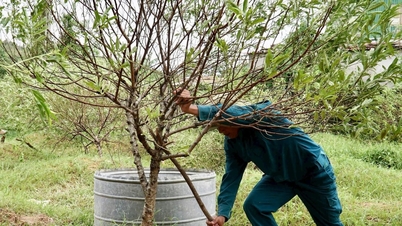



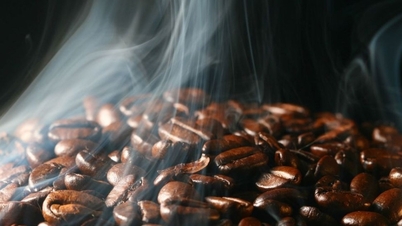













![[Photo] Panorama of the cable-stayed bridge, the final bottleneck of the Ben Luc-Long Thanh expressway](https://vphoto.vietnam.vn/thumb/1200x675/vietnam/resource/IMAGE/2025/9/30/391fdf21025541d6b2f092e49a17243f)
![[Photo] President Luong Cuong receives President of the Cuban National Assembly Esteban Lazo Hernandez](https://vphoto.vietnam.vn/thumb/1200x675/vietnam/resource/IMAGE/2025/9/30/4d38932911c24f6ea1936252bd5427fa)























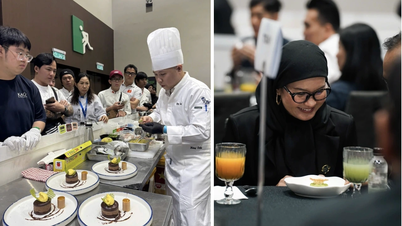

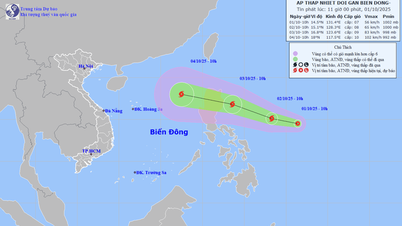
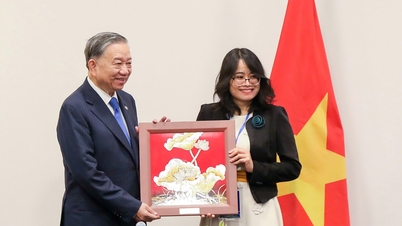










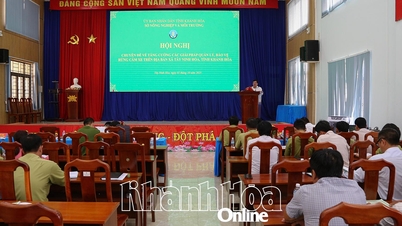

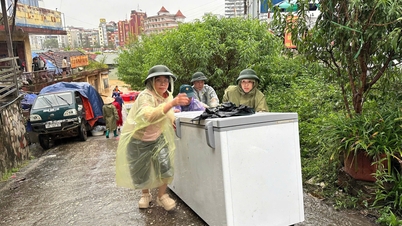

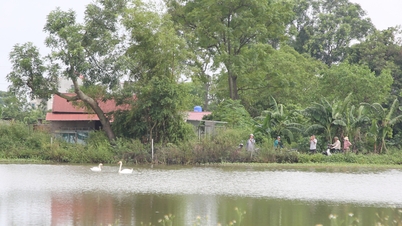



















Comment (0)